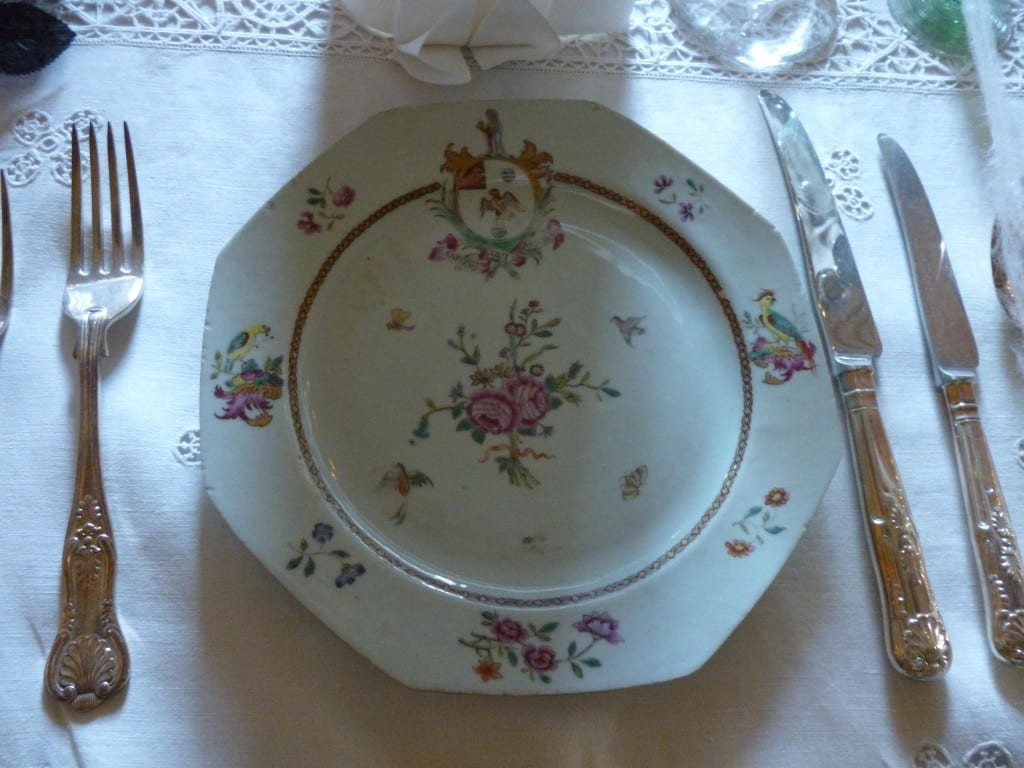
Figure 9. Plate from armorial Chinese porcelain service in the dining room at Basildon Park, c.1765-70. Basildon Park, National Trust. Image courtesy of Kate Smith.
Using the service
Armorial services did not simply contain dining wares. These elaborate ensembles often contained dining, decorative and tea table wares. While dining wares might have been more recognizably masculine, tea wares were distinctly feminine. Women became linked to tea drinking practices and the ceramic accoutrement that accompanied them. Women’s engagement with the display of objects and practices at the centre of tea drinking, allowed for further conflations of women and porcelain.[1] Amanda Vickery takes issue with this reading and warns that ‘The tea table has received disproportionate attention in the history of consumerism, though the focus has been narrow and often unquestioning.’[2] Vickery argues that the tea table has primarily come to be understood a site of female control, in which women encountered the regulating force of the female and male gaze. In contrast, Vickery has sought to clarify the social reach of tea drinking practices (a ‘universal habit’ by 1760), as well as the importance of the tea table, which she highlights as a key site of female sociability during this period.[3] For Vickery the tea table simultaneously acted as a sign of female gentility and ‘the very headquarters of female opinion, a byword for feminine confederacy, gossip and slander’[4], at the same time it was also ‘a forum for business dealings in the widest possible sense’.[5]
In contrast to the drawing room and its focus on female sociability and tea drinking, during the eighteenth century families living in country houses increasingly came to define dining rooms as masculine spaces. At the turn of the eighteenth century saloons started being used principally for dancing, rather than gathering and eating and substantial houses started to contain a grand dining room. Mark Girouard argues that in the middle decades of the eighteenth century the ‘dining room was always one of the best and biggest rooms in the house.’[6] After dinner women would enter the drawing room to brew coffee and tea, waiting for the men who would join them later. As the century progressed, the period of ‘withdrawing’ became longer and longer as men wished to spend more time in homo-social conversation and drinking at the dinner table. In consequence, ‘the dining room began to be thought of as a mainly masculine, and the drawing room as a mainly feminine room’.[7] By the end of the eighteenth century, these separate spaces were further demarcated by the inclusion of a room in between the dining room and drawing room.[8] This space acted as a buffer, allowing greater aural privacy for homo-social practices. While Mark Girouard notes how gendered spaces became increasingly important in country houses during the eighteenth and (to a certain extent) the nineteenth centuries, by the end of the nineteenth century such demarcations had begun to dissolve. Similarly, Juliet Kinchin has suggested that the dining room also emerged as a highly masculine space in middle-class homes during the nineteenth century, but shifted in nature at the turn of the twentieth.[9]
As they made up the greatest number of pieces within porcelain services it is often dinner plates – the mainstay of dining room activities – rather than tea services that survive in armorial ware collections. The long survival of these particular pieces might also suggest that they were highly value by the families who owned and inherited them. With such a predominance of dining wares, the material record might confuse our understanding of the roles played by these porcelain wares. Armorial porcelain services were often more than simply dining services. Nevertheless, as dining services, these wares played important roles. They reasserted masculine identities based on connections, networks and the necessity of reputation within East India Company worlds, to those that joined them around the dining table. In sitting there within such spaces men were not only able to claim the status of a separate dining room, but also the status begot through symbols of lineage and patrilineal descent. These wares then came to play important roles in the performance of gender identities that spanned across the established elite and the East India Company set.
[1] Kowaleski-Wallace, Consuming Subjects, p. 68.
[2]Vickery, Behind Closed Doors, p. 271.
[3]Ibid., p. 272.
[4]Ibid., p. 274.
[5]Vickery, The Gentleman’s Daughter, p. 208.
[6]Mark Girouard, Life in the English Country House: A Social and Architectural History (New Haven and London: Yale University Press, 1978), p. 203.
[7]Girouard, Life in the English Country House, p. 205.
[8]Ibid., p. 233.
[9]Juliet Kinchin, ‘Interiors: nineteenth-century essays on the ‘masculine’ and the ‘feminine’ room’, in Pat Kirkham (ed.), The Gendered Object (Manchester and New York: Manchester University Press, 1996), p. 12.